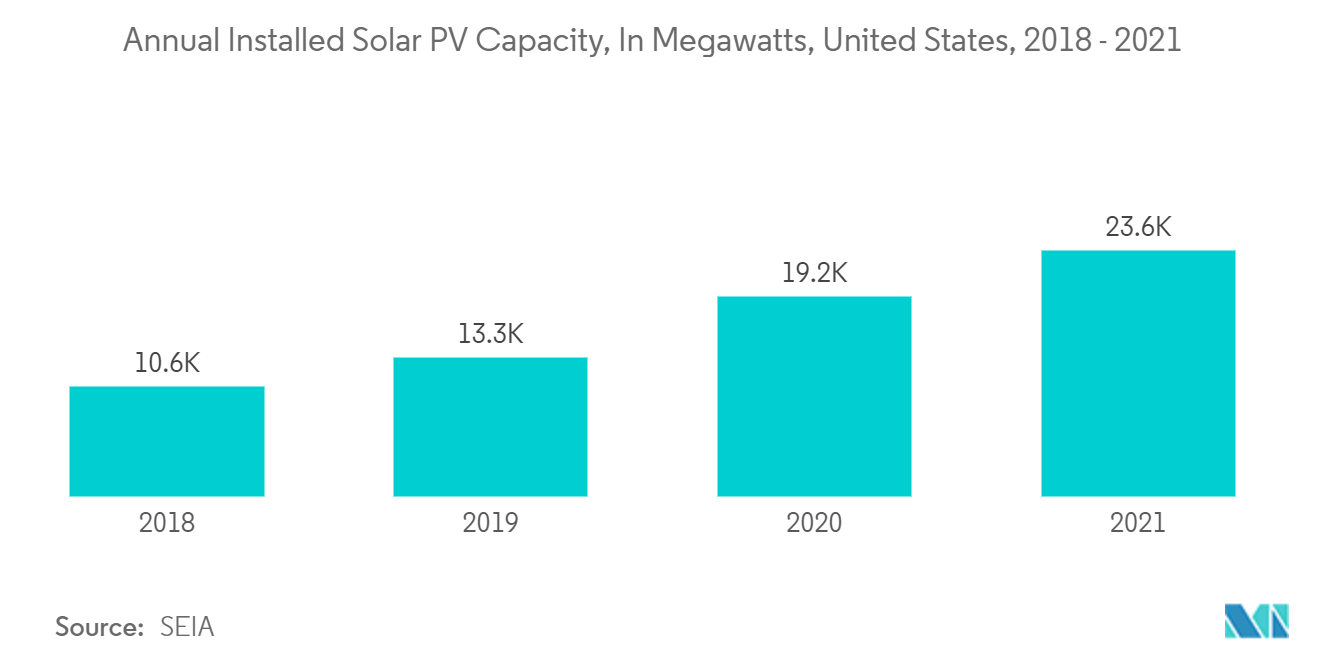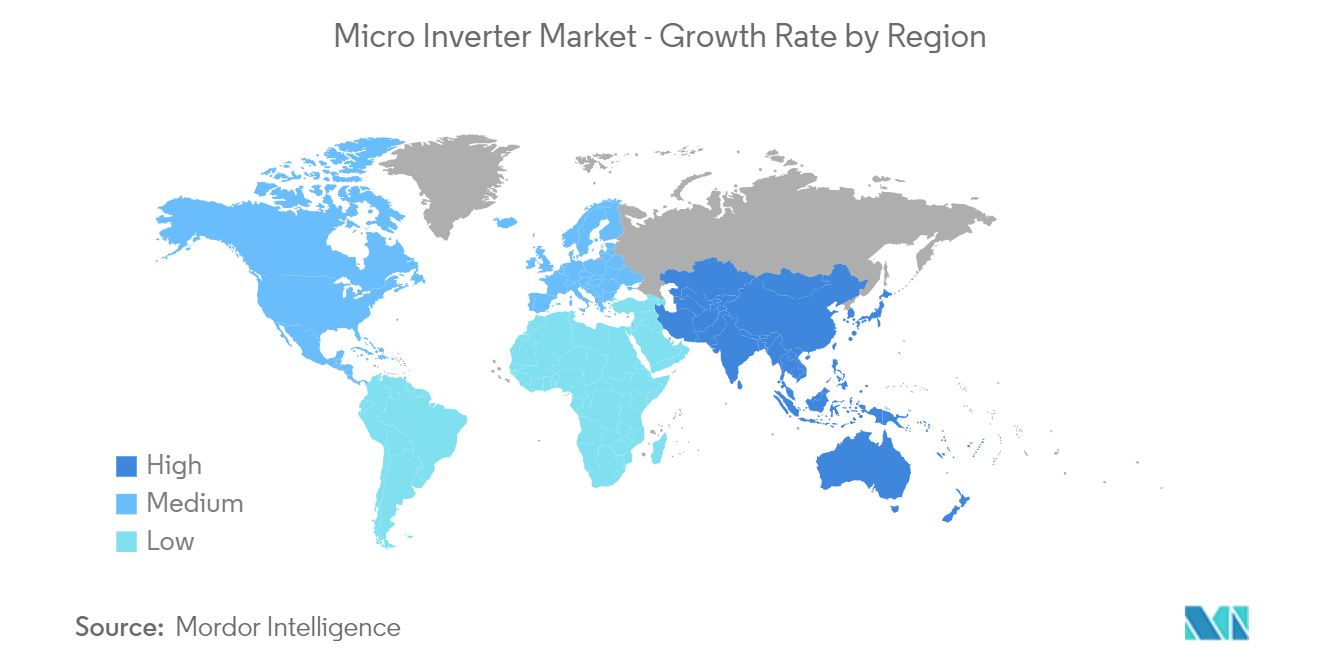Market Trends of Micro Inverter Industry
This section covers the major market trends shaping the Micro Inverter Market according to our research experts:
Residential Segment to Drive the Market Growth
- The increasing adoption of solar photovoltaics in the residential sector in countries such as the United States and Canada is primarily driven by expected savings in electricity costs, the need for an alternative source of electricity, and the desire to mitigate climate change risk. Therefore, boosting the growth opportunities for the micro inverter market.
- During the forecast period, the share of the rooftop solar PV is expected to increase, on account of decreasing solar PV costs, supportive government policies for residential solar PV, FIT programs and incentives, and targets set by various governments for solar energy are some of the critical factors that are driving the micro inverter market.
- The majority of micro-inverter businesses throughout the world provide single-phase devices. Furthermore, considerable demand is observed globally because single-phase power transmission is best adapted for domestic applications, which is likewise among the primary marketplaces for micro-inverters. For example, the residential sector relies on single-phase power transmission in the United States and Europe.
- Continuous technological improvements, including higher solar PV module efficiencies, drive cost reductions. The industrialization of these highly modular technologies has yielded impressive benefits, from economies of scale and greater competition to improved manufacturing processes and supply chains, further accelerating the micro-inverter market growth.

Asia-Pacific to Register Highest Market Growth
- Asia-Pacific is expected to be the fastest-growing market for micro-inverters over the study period. Several countries, such as China, Japan, India, and Australia, are striving to boost their solar PV installation capacity through advanced solar PV systems that could, in turn, enhance electric stability.
- Asia-Pacific has several micro-inverter installations for residential, commercial, and PV power plant applications. Japan and Australia have been the major adopters of micro-inverter technology. Additionally, the growth in residential rooftop solar PV installations in India and Japan encourages manufacturers to cater to the needs of potential customers in this region.
- In countries such as India, China, and Japan, respective governments have laid regulations, reforms, and initiatives for modernizing the power sector.
- In India, the residential PV installation cost is estimated to be USD 1000 per KW, which is higher when compared to its commercial counterpart (USD 692 per KW). However, the Indian installation costs are cheaper than the global average for both residential (USD 1638 per KW) and commercial (USD 1379 per KW). These factors fuel the market growth in the region.
- India is also set to impose a 20% levy on imported solar module cells and inverters in 2021, replacing the current safeguard duty. The levy was proposed by the Indian power minister during a call with industry representatives, confirming that the Prime Minister of India intended to impose a Basic Custom Duty (BCD) of 20% on imports.


